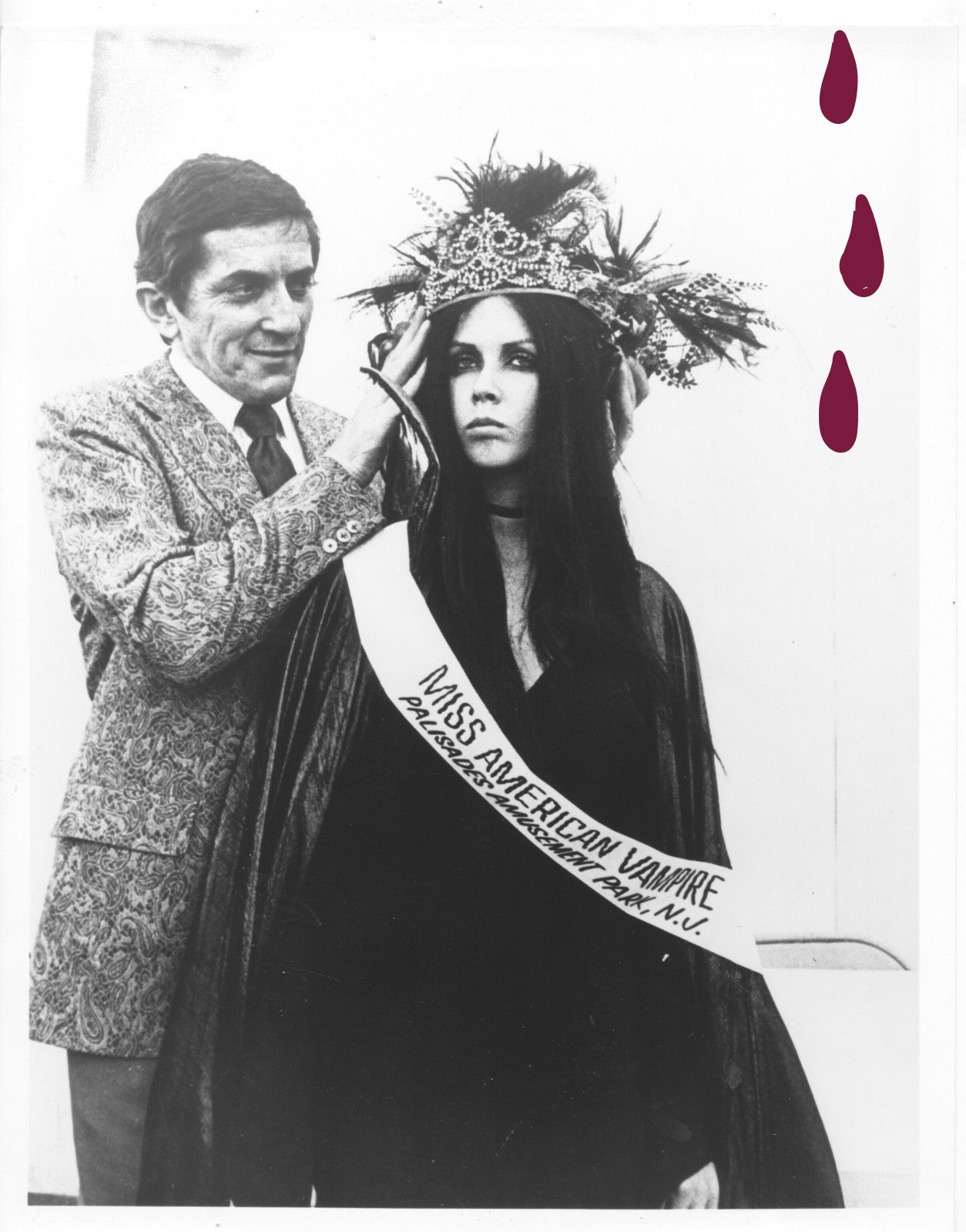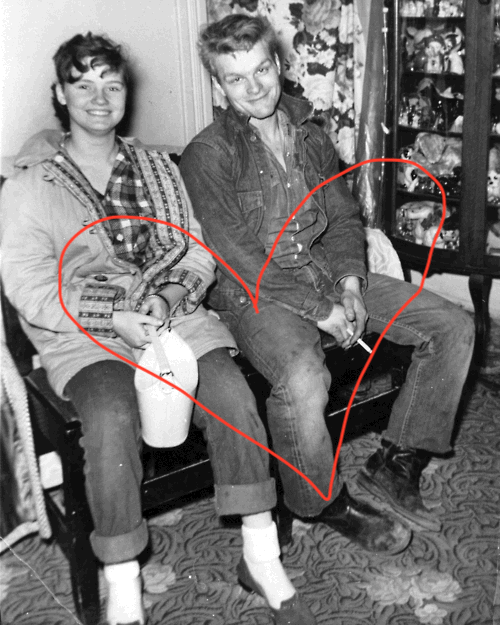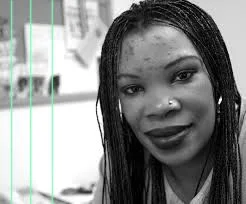While many remember the 1978 Jonestown massacre as a dark monument to the power of a single man’s paranoia and fanaticism, the tale of Jim Jones’ lover, Carolyn Layton, reveals a more complicated narrative—and a more frightening truth. Carolyn was a bubbly young woman who believed in pacifism and political engagement, but when she met Jim Jones, she became an unsmiling woman would do anything for Jones’ cause—including death. Was this a personality change, or had Carolyn been a secret fanatic all along? Author Laura Elizabeth Woollett comes on the podcast to tell us Carolyn’s long-forgotten story, which she covers in her latest novel, Beautiful Revolutionary.
Sources:
Interview with Laura Elizabeth Woollett, author of Beautiful Revolutionary (Scribe Publications, 2018)
“The Jonestown Massacre,” from the Association for Diplomatic Studies and Training
“Drinking the Kool-Aid: A Survivor Remembers Jim Jones,” The Atlantic, 18 Nov 2011
“Alternative Considerations of Jonestown and Peoples Temple,” sponsored by the Special Collections of Library and Information Access at San Diego State University
Music:
“Guilty,” by Ruth Etting, via archive.org
“Gnossiennes no. 1” by Erik Satie, via musopen.org
“Reverend (Jim Jones)” by Church of Misery, used with permission
Final clip of Carolyn Layton talking was released by the FBI via the Freedom of Information Act. You can hear the full audio here.









